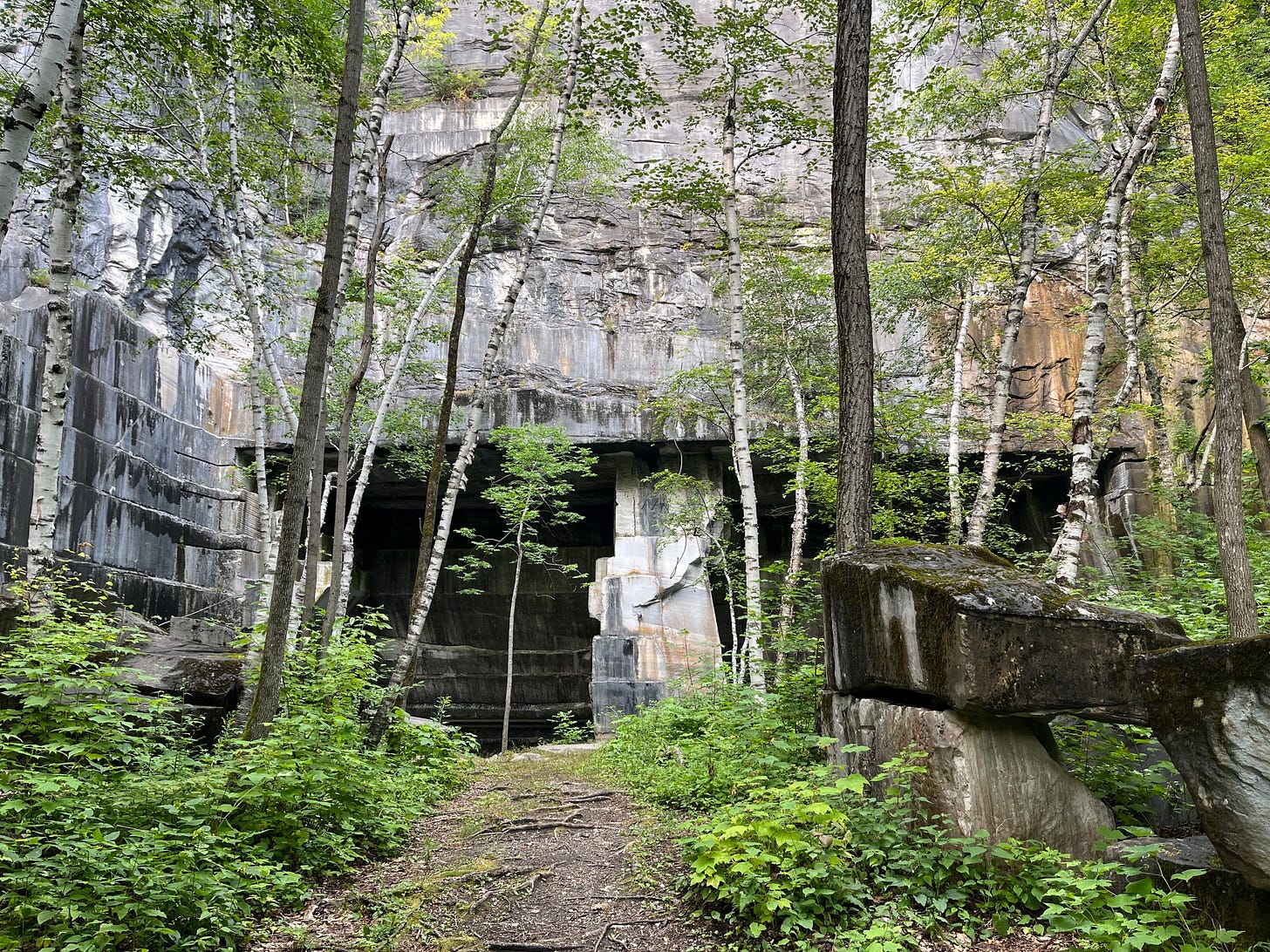When political leaders want to stand on ceremony and commemorate something momentous, no expense is spared. Trump—never more convinced of his own power and glory, as the economy shudders and masked federal agents kidnap people of color off the streets—is now planning to build a $200 million ballroom on the White House grounds. The vision here seems to be transforming the White House into a franchise of Mar-a-Lago. And when he hasn’t been busy ripping health care away from poor people or ordering Texas to double down on re-districting before the 2026 midterms, Trump has also found time to add some luster to the Oval Office. How? With an infusion of gold furnishings. The ballroom, if built, will also be full of gold.
Once again, The Simpsons predicted this shit.
Still, Trump’s fixation with covering everything in gold is ostentatious, but his driving impulse to re-shape his surroundings in a way that reflects his mindset is not unique. London’s Palace of Westminster—in which the lower and upper houses of parliament conduct business—was built with sand-colored limestone from the Anston Quarry in South Yorkshire; an understated yet handsome building material for a country where good manners and repression go hand-in-hand. (Most of my distant ancestors came over here from the U.K., so I know what I’m talking about here.) And in the late-19th Century, when America was beginning to rebuild after the devastation of the Civil War, another kind of quarried stone was used to pay homage to those who died in one of the war’s most crucial battles; the one that turned the tide in the Union Army’s favor.
The battle of Gettysburg lasted for three days and once the last shots had been fired, more than 51,000 soldiers were dead; their bodies scattered across the fields and hills of south central Pennsylvania. Such a scale of death, in such a short period of time, is still difficult to comprehend. It killed the momentum of the Confederate States Army, which had been successfully advancing northward, and it was a much-needed morale boost for Union soldiers, who had suffered heavy losses prior to the battle. So when it was time to create a burying ground for the men who died at Gettysburg, generic old slate headstones weren’t going to meet the moment. The architects and policymakers behind the Gettysburg National Cemetery envisioned marble headstones that would allow for more intricate inscriptions or carvings. And for this, they turn to Vermont.
If you’ve ever looked at a mountain and wondered, “What is that thing made of?” the short answer is, “Lots and lots of rocks.” But when rock undergoes the process of metamorphism—in which extreme heat from within the Earth’s crust changes the composition of the rock—it becomes marble. Some mountain ranges are chock full of the stuff, and one example in my neck of the woods is Vermont’s Green Mountains. There are several places in Vermont where marble has been quarried to such a great extent that mountains are basically missing large chunks. Those of you who’ve visited Manchester, a sort of hybridized ski town and outlet mall on the far west side of the state, might have heard rumblings about one of these quarries hidden in the woods.




